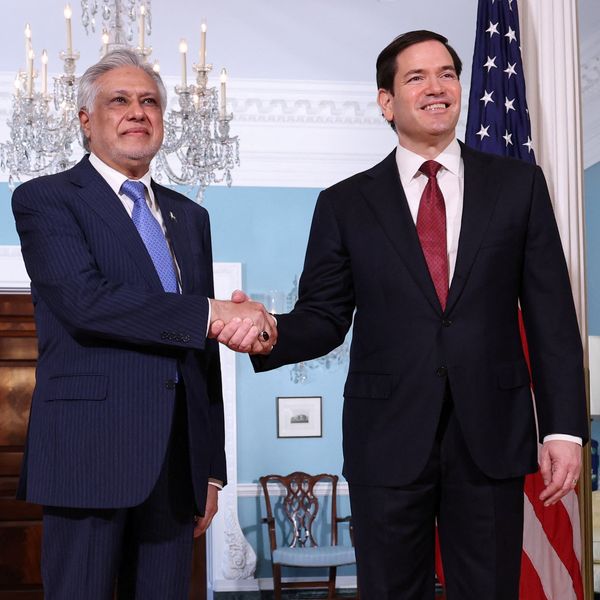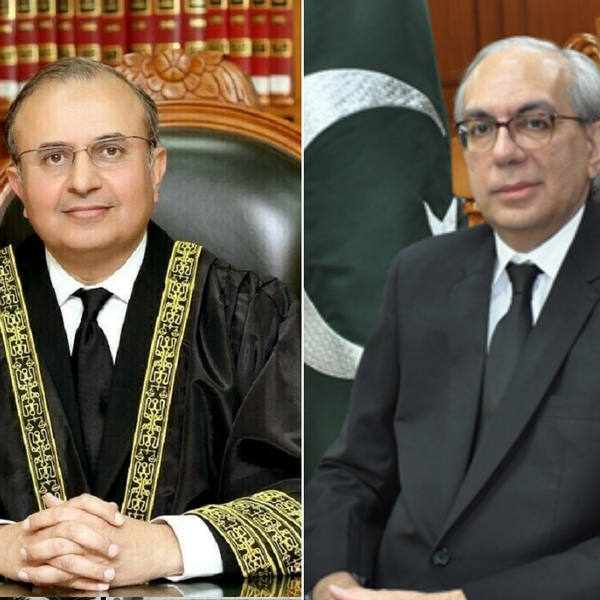Pakistan reduces average power tariff by PKR 1.1 per unit for FY26
Domestic, industrial sectors to benefit as government lowers electricity prices across all categories
Business Desk
The Business Desk tracks economic trends, market movements, and business developments, offering analysis of both local and global financial news.

Photo by MD Molla via Pexels
Pakistan's National Electric Power Regulatory Authority (NEPRA) held a hearing on July 1 to finalize the consumer-end power tariff for fiscal year 2025-2026, resulting in an average reduction of PKR 1.1 per kilowatt-hour (kWh).
The government estimates electricity sales of 116.4 billion kWh to distribution companies (DISCOs), accounting for 11% transmission losses, with net distributable units set at 103.6 billion kWh.
For FY26, energy charges are projected at PKR 1,125 billion (PKR 10.87 per kWh), down from PKR 1,161 billion (PKR 10.94 per kWh) in FY25.
Fuel costs in the first 11 months of FY25 stood at PKR 983 billion, marking a 2% year-over-year decline.
Capacity charges are expected to decrease by 9.5% to PKR 1,766 billion (PKR 17.05 per kWh) due to power purchase agreement (PPA) terminations, tariff renegotiations, and lower interest rates.
Use of system charges (UoSC) will rise by 6.1% to PKR 174 billion, up from PKR 164 billion in FY25.
Meanwhile, overall generation costs are projected at PKR 3,066 billion (PKR 29.6 per kWh), a 6.5% decrease from PKR 3,278 billion (PKR 30.88 per kWh) in the previous fiscal year.
Distribution margins will see a slight increase to PKR 396 billion (PKR 3.82 per kWh), compared to PKR 391 billion (PKR 3.68 per kWh) in FY25.
Prior year adjustments have been reduced to PKR 59 billion from PKR 100 billion.
The total revenue requirement for FY26 is estimated at PKR 3,521 billion (PKR 34.0 per kWh), down 6.6% from PKR 3,768 billion (PKR 35.5 per kWh) in FY25, primarily due to lower capacity and energy charges.
Revised tariffs for protected and unprotected consumers
Lifeline consumers, defined as residential users with a single-phase connection and a sanctioned load of up to 1 kW, will continue to pay PKR 3.95 per kWh for up to 50 units and PKR 7.74 per kWh for 51-100 units. Protected consumers, classified as residential users who have consistently consumed 200 kWh or less monthly over the past six months, will see a flat reduction of PKR 1.15 per kWh across all other slabs.
The revised tariffs for protected consumers now stand at PKR 10.54 per kWh (a 9.8% decrease from PKR 11.69 per kWh) for 1-100 units and PKR 13.01 per kWh (an 8.1% drop from PKR 14.16 per kWh) for 101-200 units.
For unprotected domestic consumers, the new rates are as follows:
- Up to 100 units: PKR 22.44 per kWh (down 4.9% from PKR 23.59 per kWh)
- 101-200 units: PKR 28.92 per kWh (down 3.8% from PKR 30.07 per kWh)
- 201-300 units: PKR 33.11 per kWh (down 3.4% from PKR 34.26 per kWh)
- 301-400 units: PKR 38.00 per kWh (down 2.9% from PKR 39.15 per kWh)
- 401-500 units: PKR 40.21 per kWh (down 2.8% from PKR 41.36 per kWh)
- Above 700 units: PKR 47.69 per kWh (down 2.4% from PKR 48.84 per kWh)
Commercial tariffs have been reduced by 2.5% to PKR 45.43 per kWh, while general services tariffs are down 2.6% to PKR 43.17 per kWh.
Industrial consumers will see a 3.3% decline to PKR 33.48 per kWh.
Bulk and agriculture tariffs have also been cut by 2.7% and 3.6%, settling at PKR 41.76 per kWh and PKR 30.75 per kWh, respectively.
Domestic consumers constitute 89% of total electricity connections and account for approximately 50% of overall consumption. Industrial users are the second-largest segment by volume, contributing 24% to total usage. The agriculture sector makes up 9% of consumption, followed by the commercial sector at 8%.
All other categories collectively consume the remaining 10% of electricity supplied through the national grid










Comments
See what people are discussing